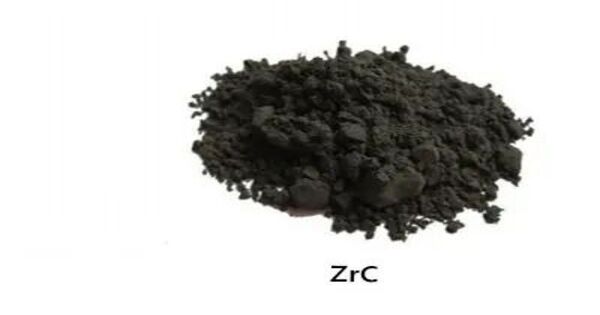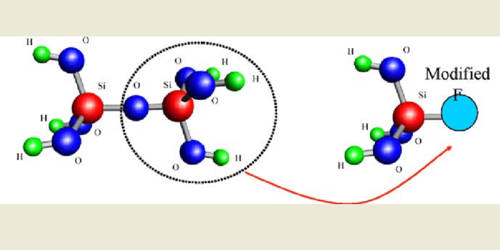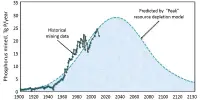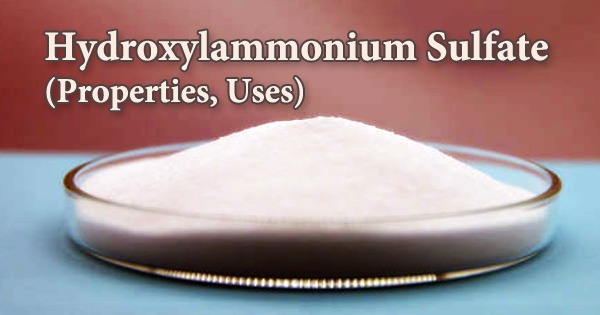Zirconium carbide (ZrC) is a very hard refractory ceramic substance that is commonly used in tool bits for cutting tools. It is typically treated through sintering. It is a zirconium-carbon combination. It is a highly refractory ceramic material, which means it has a very high melting point and is heat and wear resistant.
Zirconium carbide is a binary chemical composed of zirconium (Zr) and carbon (C). Hafnium-free zirconium carbide and niobium carbide can be employed as refractory coatings for nuclear reactors. Because of its low neutron absorption cross-section and low damage sensitivity during irradiation, it is used to coat uranium dioxide and thorium dioxide particles in nuclear fuel.
Properties
Zirconium carbide melts at about 3540°C (6404°F), making it suitable for high-temperature applications. It is extremely hard, with a Mohs hardness of about 9-9.5. It exhibits metallic conductivity. It is chemically inert in most environments, though it can react with strong oxidizing agents at high temperatures.
- Chemical formula: ZrC
- Molar mass: 103.235 g·mol−1
- Appearance: Gray refractory solid
- Odor: Odorless
- Density: 6.73 g/cm3 (24 °C)
- Melting point: 3,532–3,540 °C (6,390–6,404 °F; 3,805–3,813 K)
- Boiling point: 5,100 °C (9,210 °F; 5,370 K)
- Solubility in water: Insoluble
Manufacturing
Several processes can be used to create zirconium carbide, including carbothermal reduction of zirconium dioxide (ZrO2) with carbon in an electric arc furnace and chemical vapor deposition (CVD).
Zirconium carbide can be made in numerous methods. One approach is the carbothermic reaction of zirconia with graphite. This produces a powder. Densified ZrC can then be produced by sintering ZrC powder at temperatures as high as 2000 °C. Hot pressing of ZrC can reduce the sintering temperature, resulting in fine grained totally densified ZrC.
Applications
- Refractory Material: It is used in high-temperature ceramics, where its high melting point and hardness are beneficial.
- Cutting Tools: It is used as a component in cutting tools for machining difficult materials like steel and alloys.
- Coatings: It can be used as a coating material to improve the wear resistance of materials like titanium alloys.
- Nuclear Fuel: In nuclear applications, zirconium carbide is being explored as a material for fuel cladding due to its high melting point and neutron absorption characteristics.
















